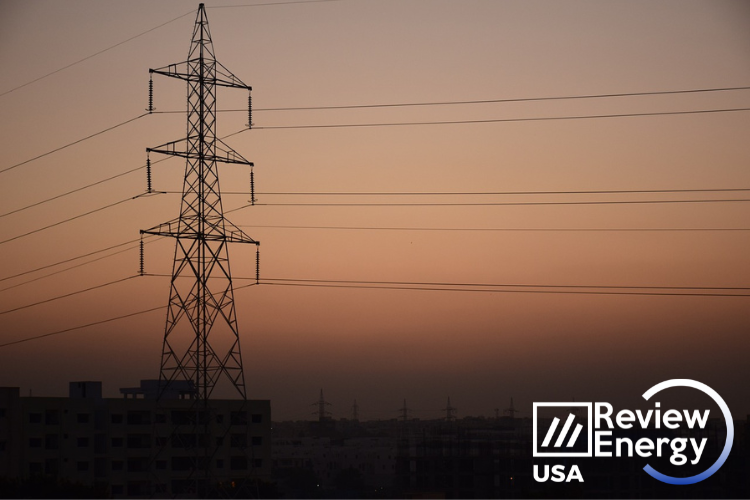
US invests 44 million to enhance clean energy grid infrastructure
With the aim of strengthening the national electricity grid against extreme weather disruptions and expedite the integration of renewable energy sources, the US Department of Energy (DOE) has announced a substantial investment of 44 million. Out of the total amount, 34 million has been designated for eleven projects aimed at developing innovative tools to propel a clean, reliable electricity grid primarily powered by wind and solar energy. Additionally, a fresh funding opportunity of 10 million has been unveiled to streamline the interconnection of clean energy resources to the grid.
The initiative, spearheaded by DOE Secretary Jennifer M. Granholm, underscores the urgency of enhancing grid resilience and accelerating the deployment of clean energy resources. Secretary Granholm emphasized, "We can't deploy clean energy if we can't get renewable sources connected onto our grid."
Renewable energy currently constitutes approximately 21% of the US electricity supply, and the share of clean energy is poised to increase significantly to align with national climate objectives. As the grid accommodates larger volumes of variable renewable energy, such as solar and wind power, novel tools are imperative to manage the intermittency inherent in these sources. With escalating temperatures exacerbated by climate change, retiring conventional power plants, and surging demand from various sectors, including buildings, transportation, and industries, the strain on grid operations intensifies, heightening the risk of blackouts if reliability challenges are left unaddressed.
Projects selected under the Solar Energy Technologies Office's Operation and Planning Tools for Inverter-Based Resource Management and Availability for the Future Power System (OPTIMA) funding program will spearhead the development of tools to optimize the integration of renewable energy technologies. These tools will enhance grid flexibility and resilience, particularly in response to weather events and demand fluctuations.
The eleven projects are:
Florida International University (Miami, FL): $2.4 million
Washington State University (Pullman, WA) $2.4 million
Georgia Institute of Technology (Atlanta, GA): $2.8 million
Iowa State University (Ames, IA): $3 million
Midcontinent Independent System Operator (Carmel, IN): $3 million
National Renewable Energy Laboratory (Golden, CO): $3.2 million
National Renewable Energy Laboratory (Golden, CO): $3.3 million
University of Connecticut (Storrs, CT): $3.3 million
Arizona State University (Tempe, AZ): $3 million
Pacific Northwest National Laboratory (Richland, WA): $3.6 million
Quanta Technology (Raleigh, NC): $3.8 million
Moreover, DOE's Solar and Wind Interconnection for Future Transmission (SWIFTR) funding opportunity aims to address the burgeoning challenges associated with the interconnection of clean energy resources. As hundreds of gigawatts of solar, wind, and energy storage capacity await integration into the grid, existing procedures struggle to keep pace. SWIFTR seeks to enhance software tools that streamline the interconnection study process for proposed renewable energy projects, thereby reducing wait times and uncertainty for developers and utilities alike.
This comprehensive investment aligns with the objectives outlined in DOE's Interconnection Innovation e-Xchange (i2X), which endeavors to facilitate faster, simpler, and fairer interconnection processes for clean energy and energy storage. The initiative reflects a concerted effort to bolster the reliability, resilience, and security of the nation's electric grid, underscoring a pivotal stride towards achieving President Biden's ambitious goal of 100% clean electricity by 2035.

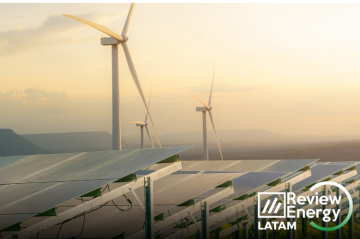

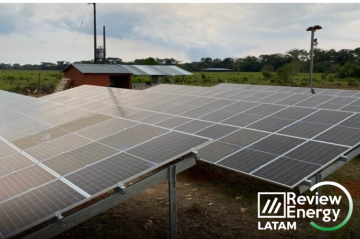

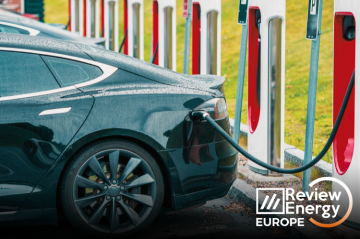
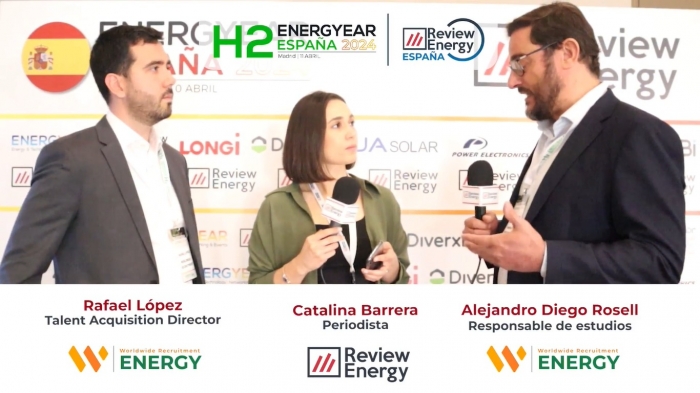

Comentarios
Sé el primero en comentar...